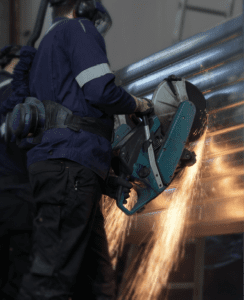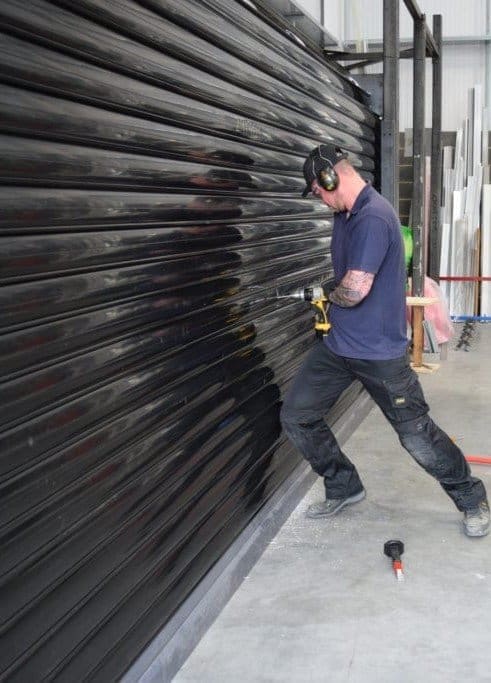
Protecting against the risk of power tools

When attempting to protect properties from Power Tools, there must first be an understanding of what power tools are.
Power Tools encompasses everything from battery-powered hand drills to petrol-powered specialist cutting equipment. With Bodily Force on the other hand, this generally refers to any tools that are manually operated. Essentially, any attack intended on a property with mechanically enhanced tools that drill, cut, grind or fire is regarded as a Power Tool attack.
Due to the effort needed to acquire power tools (not to mention the skill required to use them) attacks of this kind are understood to be premeditated and malicious. The property and contents within must be of a high enough value to the intruder to risk the attack in the first place, let alone use tools that are dangerous enough to cause serious damage if mishandled.
The target is often the assets within rather than to cause damage to the property itself, though application type is a large consideration when implementing the security measures. This distinction suggests that properties with theft or espionage as their most significant threat are unlikely to be targeted by terrorist attacks.
Crime and prison statistics show that over 70% of inmates within UK prisons are re-offenders. The likelihood of a premeditated, targeted attack of such severity being successfully committed by an inexperienced criminal is small. Professional criminals will not only expect the standard security protocols in place, they will know how to avoid them.
Why is it important to protect against a power tool attack?
Visible security measures play a large part in the deterrence of criminal activity. However, for the determined intruder who has the skills to surpass basic security, there is nothing that is 100% guaranteed to stop them. Despite this, there are still numerous measures that can be implemented within the security procedures to delay the attack.
Power tools are determined as an LPS 1175: Issue 7 Tool Category C standard according to the Loss Prevention Certification Boards (LPCB). Category C requires minimum SR3 certified measures.
With the broadest scope of tool categorisation, the LPCB LPS 1175: Issue 7 certification provides an industry-wide recognition for products that have achieved performance standards.
By acknowledging that the determined criminal won’t be discouraged by basic measures, referring to CCTV cameras or basic security grilles, independently certified products that can resist attack (or at the very least delay) by power tools are vital.
For properties and buildings more likely to experience attacks by power tools, an Architect Liaison Officer (ALO) or independent Security Consultant may be appointed to recommend the best course of action. In these cases, the ALO will specify products best suited for the application and risk profile.
The national police crime prevention initiative Secured By Design (SBD) was established to promote intelligent architectural design as the most successful strategy to effectively secure a property. The SBD recommends products and measure that have achieved certification through the LPCB, from which Security Consultants and ALOs may refer to.











